
Both -고 있다 vs -아/어 있다 can be translated as “be doing / be in a state,” so many Korean learners confuse them. However, they express different aspects of action and state. -고 있다 shows an action in progress, while -아/어 있다 shows the result or continuing state after the action is completed.
In this post, we’ll look at how these two forms differ in meaning, usage, and how they appear in TOPIK 1 questions.
Grammar Focus – -고 있다 vs -아/어 있다
-고 있다
The ending -고 있다 expresses an action in progress — something happening right now.
It can also describe a repeated or continuous action (similar to English “be doing”).
- Function: Ongoing action, repeated habit.
- Form: Attach -고 있다 after verb stems.
- Context: Used with active verbs (e.g., 먹다, 보다, 공부하다).
예문:
- 저는 밥을 먹고 있어요.
- 친구가 지금 공부하고 있습니다.
- 요즘 한국어를 배우고 있어요.
👉 Key Point: Use -고 있다 when the action is happening right now or continuing repeatedly.
-아/어 있다
The ending -아/어 있다 describes a state that remains after an action has finished.
It’s often used with verbs of position, attachment, or change of state (앉다, 서다, 열다, 닫다, 켜다, 놓다, 걸다, etc.).
- Function: Resulting state after an action.
- Form: Attach -아 있다 / -어 있다 depending on the stem vowel.
- Context: Used with stative verbs that describe positions or completed results.
예문:
- 아이가 의자에 앉아 있어요.
- 문이 열려 있어요.
- 그림이 벽에 걸려 있어요.
👉 Key Point: Use -아/어 있다 when describing the result of an action that continues to exist.
How They Appear in TOPIK 1
These two forms are often tested in listening and grammar sections.
To choose the right one, check if the verb describes an active action or a state/result.
Example Question 1
민지가 지금 전화를 하( ).
① 고 있다
② 아 있다
③ 어 있다
④ 게 되다
✅ Correct answer: ① 고 있다 (Action in progress: “She is talking on the phone.”)
Example Question 2
문이 열려( ).
① 고 있다
② 아 있다
③ 어 있다
④ 게 되다
✅ Correct answer: ③ 어 있다 (State: “The door is open.”)
Example Question 3
친구가 의자에 앉( ).
① 고 있다
② 아 있다
③ 게 되다
④ 으니까
✅ Correct answer: ② 아 있다 (State after completion: “The friend is sitting.”)
Study Tip for TOPIK Learners
- Action in progress → -고 있다
- 지금 + (동사) + -고 있다 → 지금 공부하고 있어요.
- State after completion → -아/어 있다
- 결과 + (동사) + -아/어 있다 → 문이 닫혀 있어요.
- Practice comparing pairs:
| Progress (행동) | State (상태) |
|---|---|
| 친구가 문을 열고 있어요. | 문이 열려 있어요. |
| 아이가 서고 있어요. | 아이가 서 있어요. |
| 사람이 앉고 있어요. | 사람이 앉아 있어요 |
-고 있다 and -아/어 있다 both describe continuity, but the first shows an action in progress, while the second describes a continuing result or state. Recognizing the difference between “doing” and “being (after doing)” is essential for mastering TOPIK grammar.
👉 Continue your TOPIK grammar journey with our full comparison series!
Keep studying with our TOPIK 1 book
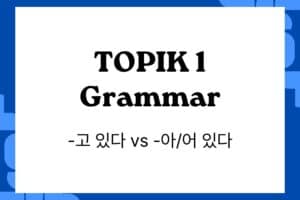

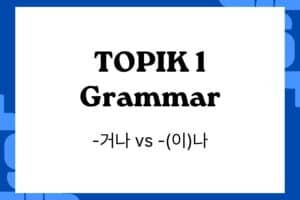
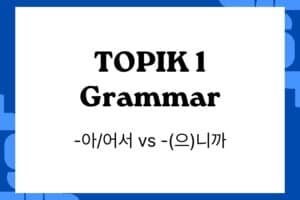
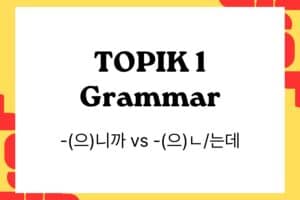
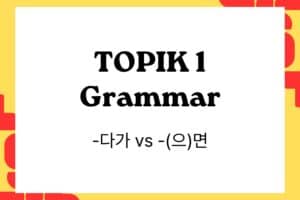

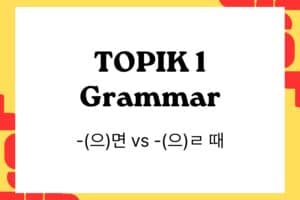
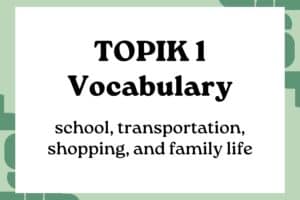
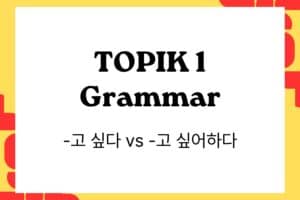
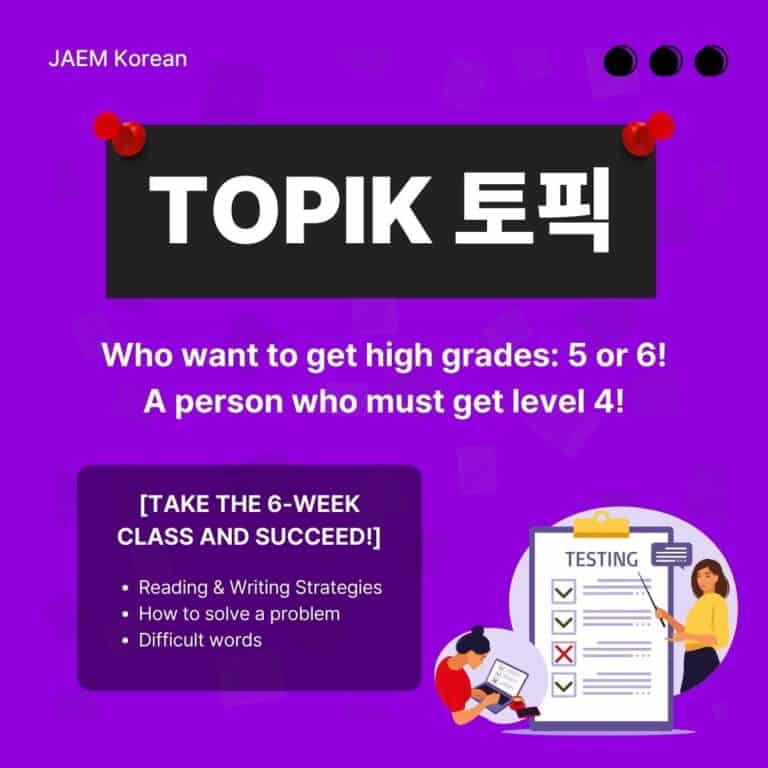
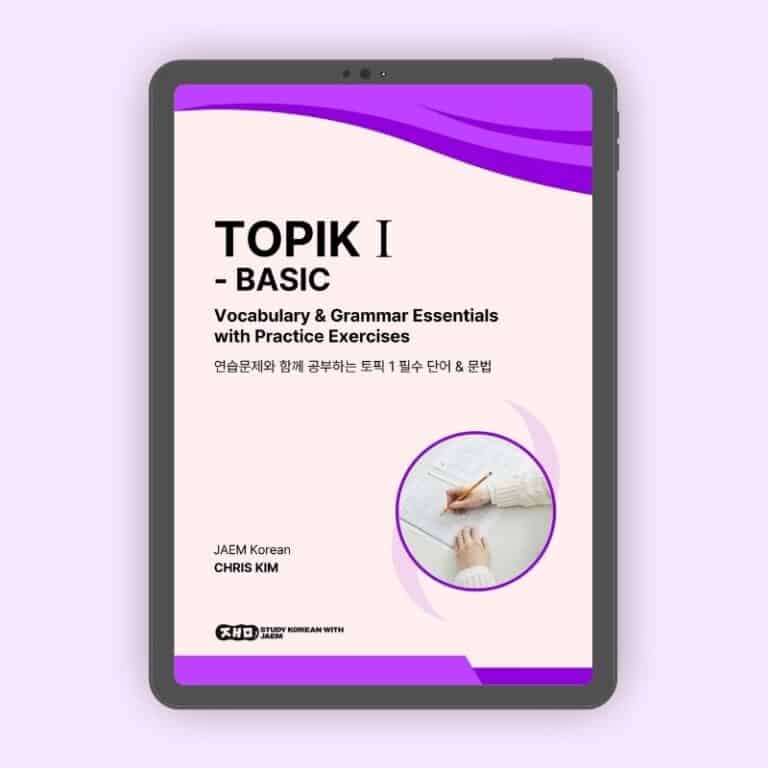
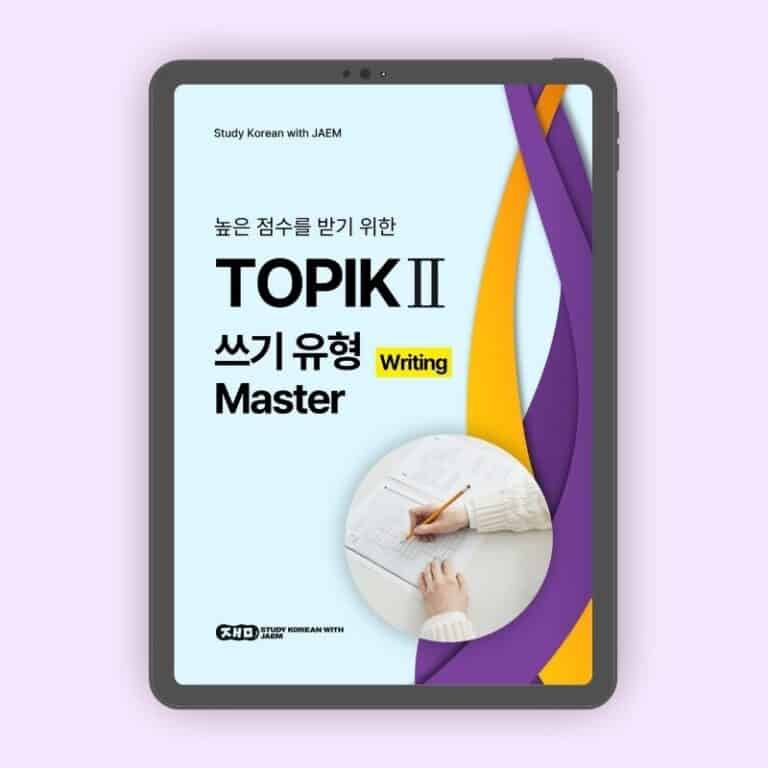
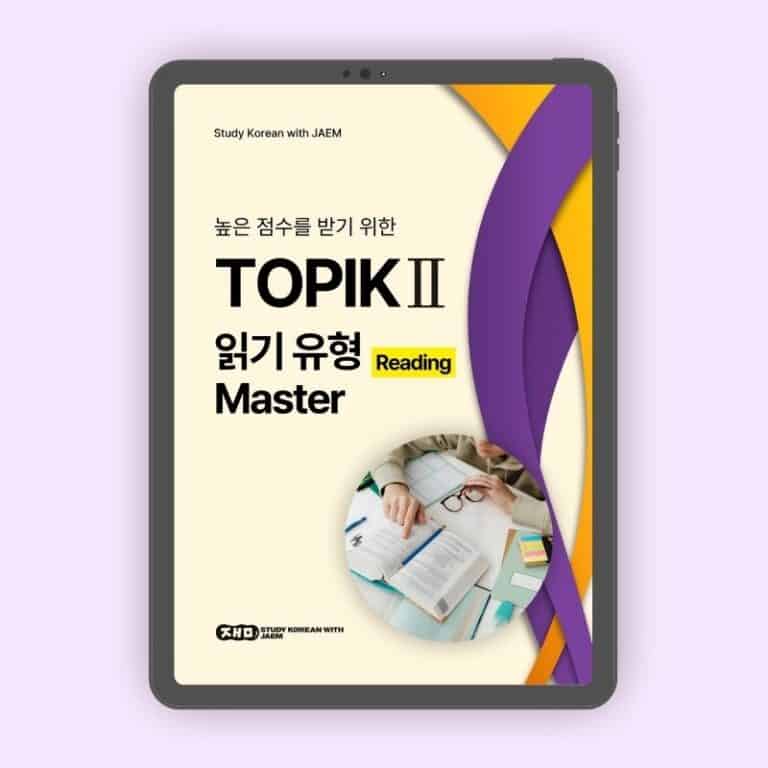


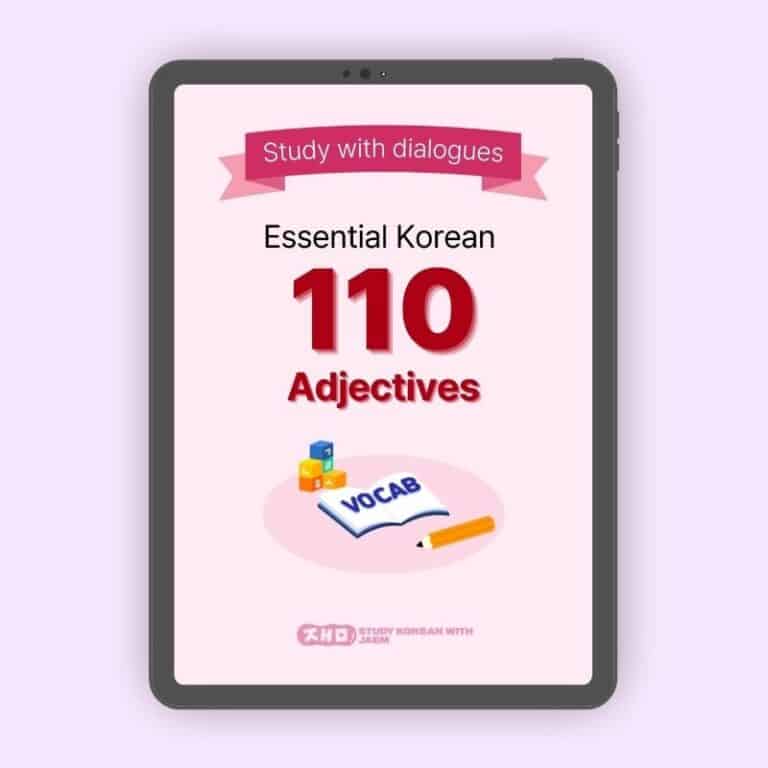

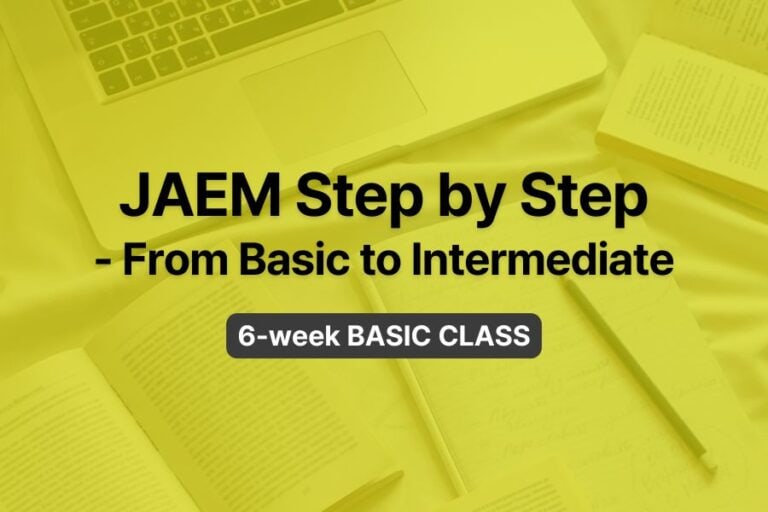

Responses